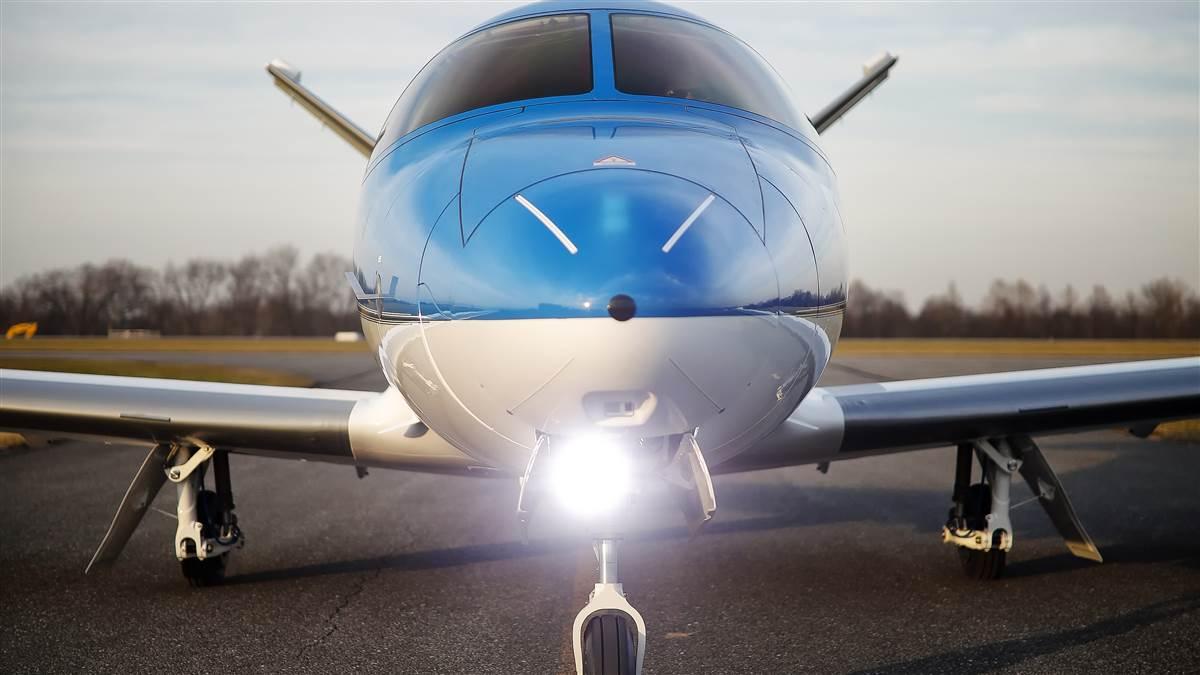From the editor: Overrun
The perils of too high, too fast

From January 2008 to December 2017, there were 28 accidents in the “overrun” category. Four involved a total of 17 fatalities. Five involved large corporate jets. Probe your memory and a few other notable overruns come to mind. The December 2005 overrun of a Southwest Airlines Boeing 737 at Chicago’s Midway International Airport, after landing in a snowstorm. In March 2000, another Southwest Airlines 737 ran off the end of Runway 8 after landing at California’s Bob Hope Airport in Burbank. In the February 2005 takeoff overrun of a Challenger 600 that went off the end of Runway 6 at New Jersey’s Teterboro Airport at 110 knots, the pilots couldn’t rotate because they’d loaded the airplane such that the center of gravity was forward of its limits. A Google search will yield many more examples.
Look over those results and you’ll see that overruns are by no means limited to newly minted jet pilots landing light jets, and overruns during takeoff are also well represented. The September 20, 1989, takeoff overrun of a USAir Boeing 737 from LaGuardia Airport’s Runway 31 serves as a standout example of how not to conduct a takeoff. Poor crew coordination and failure to follow standard procedures—like failing to make speed callouts and delaying an abort decision (V1 was 125 knots, but the takeoff abort began at 130 knots)—can set up an accident. The accident’s proximate cause may have been a loud bang (which can trigger a reflexive response to stop, even though decision speed has been exceeded), but the setup really began well before the takeoff run.
Can you save an approach by yanking back on the power, then adding power to arrest a subsequent sink rate? In a jet, you’re asking for big trouble.Pilots new to jet flying may carry some of their old propeller-flying habits with them when they step up to bigger, faster airplanes. As Neil Singer points out in “Slip Sliding Away” (p. T-10), it’s vital to consistently perform stabilized approaches lest the pilot come in too fast. Excess airspeed is the biggest factor when it comes to overruns, coupled with wet or contaminated runways. That, and the fact that many light jets don’t have a reverse thrust capability.
Can you save an approach by yanking back on the power, suddenly losing 20 to 30 knots on final, then adding power to arrest a subsequent sink rate? In a piston single or twin, yes—if you’re sharp and the stars are aligned. In a jet? You’re asking for big trouble. With jet engines there’s a lag in thrust response after you push up the power levers, so acceleration will be late in coming. After which, perhaps, it’s quite possible you’re too fast. More trouble. The jet is sleek and sheds speed reluctantly. Now what? Paste it on the runway, stand on the brakes, and hope for the best? Or go around and make another try—assuming you have the airspeed, and make your move early? I think you know the correct answer. But the piston pilot may have gotten away with jockeying down final so many times that he/she thinks the same tricks will work with a twinjet.
In Singer’s “Tale of Two Citations,” (p. T-14) we see one approach that ended with fatal consequences as a 560-series Cessna Citation comes in high and fast, brakes after touchdown, then attempts a go-around. In a second example, a botched approach was “saved” by the pilot intentionally ground-looping the airplane.
Yet another, more recent example of a fatal overrun comes from an NTSB preliminary accident report of a Falcon 50 that went off the end of the runway at the Greenville Downtown Airport in South Carolina in September 2018. The investigation is far from complete—it can take two or more years to reach a final determination of probable cause and contributing factors. But observations certainly indicate an excess of airspeed as the Falcon made its way down the runway and off the end.
Since then, it’s been revealed that neither pilot was qualified to fly the airplane. David Kenny’s “Too Many Questions” (p. T-18) explores what we know so far about this accident, including a fact most pilots may not know: On trijet Falcons, only the center engine is capable of providing reverse thrust. It will be interesting to see what the full investigation reveals.
Ever come close to having an overrun? If so, I’m sure you’ve done plenty of self-examination, and I’m pretty sure that the following articles will somehow seem uncomfortably familiar. They do to me. Full disclosure: I’ve been there, and not in a simulator, or a jet. It was in a piston single, so long ago it seems like another lifetime.
Email [email protected]



